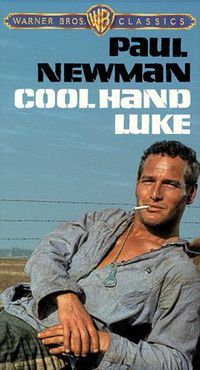
This Ever New Self: Thoreau and His Journal.Rocks and Mountains: Oil Sketches from the Thaw Collection.Noah's Beasts: Sculpted Animals from Ancient Mesopotamia.I’m Nobody! Who are you? The Life and Poetry of Emily Dickinson.Poussin, Claude, and French Drawing in the Classical Age.Magnificent Gems: Medieval Treasure Bindings.Drawn to Greatness: Master Drawings from the Thaw Collection.Charles Dickens and the Spirit of Christmas.Power and Grace: Drawings by Rubens, Van Dyck, and Jordaens.Tennessee Williams: No Refuge but Writing.Now and Forever: The Art of Medieval Time.A Merchant Ivory Production: Highlights from the James Ivory Collection.Rivers and Torrents: Oil Sketches from the Thaw Collection.Joseph Cornell: The Saint-Exupéry Dossier.Thomas Gainsborough: Experiments in Drawing.The Magic of Handwriting: The Pedro Corrêa do Lago Collection.Medieval Monsters: Terrors, Aliens, Wonders.Views of Rome and Naples: Oil Sketches from the Thaw Collection.Beautiful Youths: Dandies from the Read Persian Album.By Any Means: Contemporary Drawings from the Morgan.Invention and Design: Early Italian Drawings at the Morgan.The Extended Moment: Photographs from the National Gallery of Canada.Modern and Contemporary Drawings: Recent Acquisitions.



Belle da Costa Greene and the Women of the Morgan.Ashley Bryan & Langston Hughes: Sail Away.Georg Baselitz: Six Decades of Drawings.She Who Wrote: Enheduanna and Women of Mesopotamia, ca.

Rivers and Torrents highlights works from the collection of oil sketches given jointly to the Morgan and to the Metropolitan Museum of Art in 20 by Eugene V. The effort of journeying into untamed nature and discovering these motifs added to the intrepid nature of the enterprise.įeatured in this selection are works by artists from France, Denmark, Switzerland, Germany, and Britain. These riverine scenes illustrate the many facets of depicting water, from the placid flow of the Rhine to rugged mountain scenes with thundering waterfalls. Vast landscapes offered the opportunity for prolonged study, while rushing water encouraged artists to grapple with depicting movement and the ephemeral effects of light and atmosphere.Īrtists often worked quickly to capture fleeting effects and developed innovative approaches to convey light and texture. In all its guises-rivers, streams, fountains, torrents, and waterfalls-water posed a challenge for artists learning to capture light, color, and texture in oils. Studies of water emerged as a recurrent motif for painters. By the start of the nineteenth century, the practice of using oil paint on paper while working outdoors became standard practice among landscape artists.


 0 kommentar(er)
0 kommentar(er)
